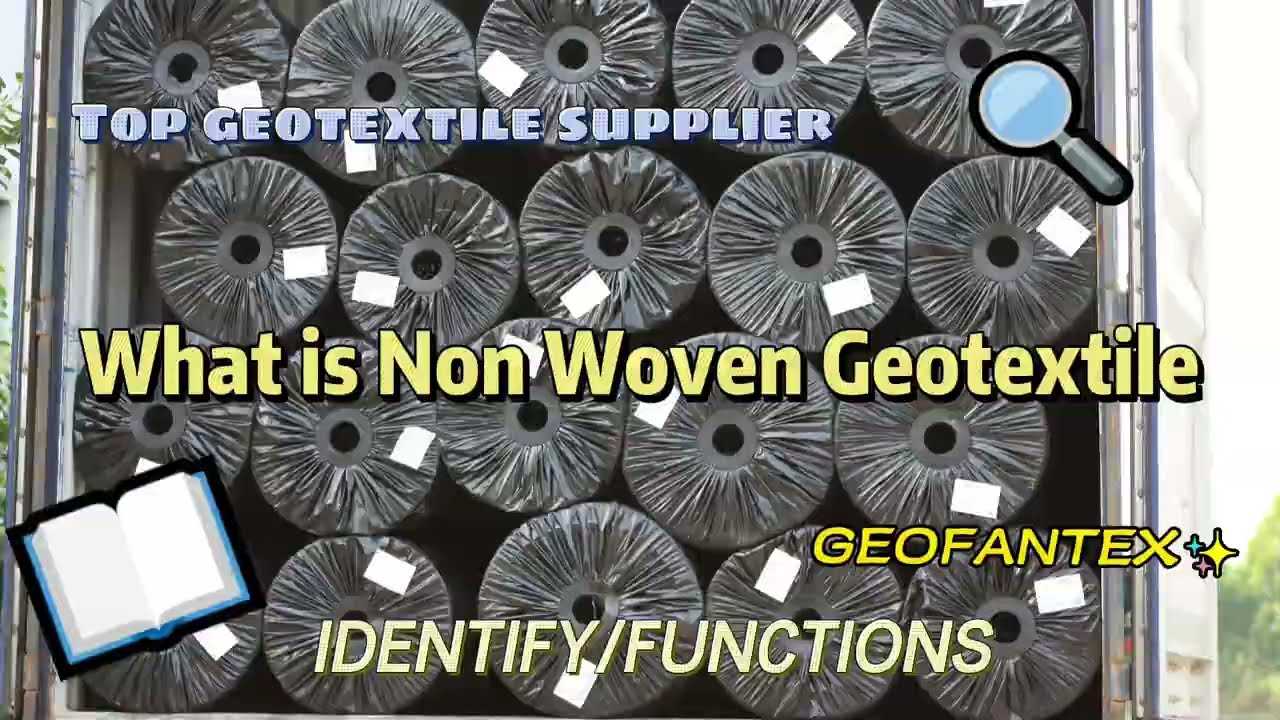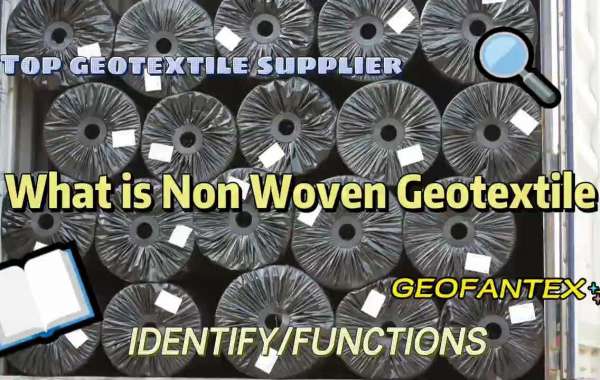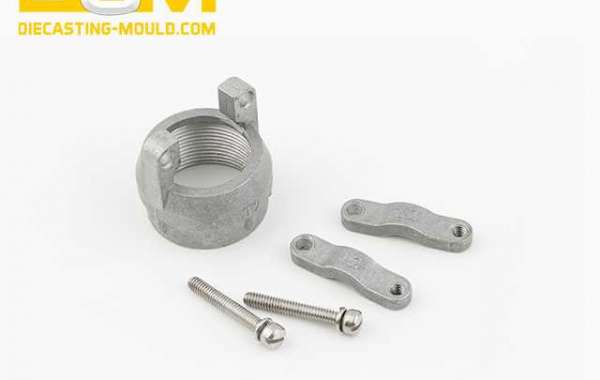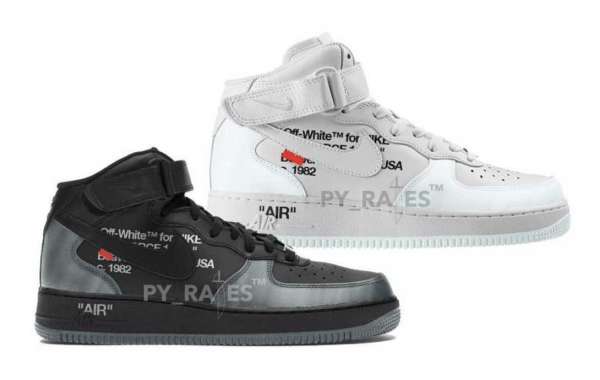Geotextiles are a special kind of fabric that finds applications in many different kinds of environments and business sectors. They are useful for a wide range of things, including making the soil more stable, halting erosion, facilitating drainage, enhancing engineering design, and even making clothing.

Because geotextiles are typically manufactured from synthetic materials such as polypropylene or polyester, they have an exceptionally long lifespan as a result of this manufacturing process.
When they are buried underground during the installation process for geotextiles, geotextiles are increasingly being used to reinforce roads and protect against erosion. This is due to geotextiles' resistance to rot and corrosion, both of which are common environmental hazards.
There is a wide variety of nonwoven geotextile fabrics, each of which can be utilized for a variety of applications. There are many different kinds of geotextiles, but the two most common basic kinds are woven geotextiles and non-woven geotextiles. Woven and non-woven geotextiles are also available. In this article, we will concentrate on the ways in which they are different from one another and compare and contrast those differences.
Geotextiles with a woven construction
As the name of this product suggests, woven polyester nonwoven geotextile fabric Malaysia is made by weaving together slit films
This process takes place in Malaysia
Fabricated from fibrillated flat yarns that are woven uniformly at right angles to one another, slit films and tapes are made from these materials
The process of making woven gives it both its strength and its high load capacity, which are both benefits of the material
Because of this, it is suitable for use in civil applications because it provides segregation, reinforcement, and tensile strength. As a result of this, it is suitable for use in civil applications. In Malaysia, woven geotextiles have a feel and an appearance that are comparable to that of plastic, and they are categorized according to the amount of tensile force they possess. When a material is stretched, the amount of resistance that it offers is referred to as its tensile strength.
A Comprehensive Analysis of Woven Geotextiles
1. Reinforcement
2. Being Set Apart
3. The ability to transport loads of a significant weight
4. Impermeable
5. Classified based on the tensile strength of their constituents
6. Plastic-like
Examples of Where Woven Geotextiles Can Be Used
Due to the fact that these geotextiles are woven together using films or threads, they are relatively impermeable, which indicates that they do not have a very porous structure. As a consequence of this, they are not a particularly good option for projects that require drainage.
However, because woven is able to withstand tensile stress, it is an excellent choice for erosion control projects that do not involve draining, in addition to projects that require corrosion resistance. In addition, their exceptionally high load capacity makes them an excellent choice for the construction of roads, runways, and parking lots at airports and other airports. In addition to this, it is resistant to UV degradation, which makes them suitable for applications that are intended to be carried out over the long term.
A Non-Woven Form of Geotextile
During the manufacturing process, the fibers that make up the non-woven material that comes from Malaysia are either bonded together or entangled with one another in some way. The application of heat, the execution of chemical processes, the insertion of needles, and various other methods are all viable options for achieving this goal. This method does not require any manual labor or weaving at any point in the production process.
In addition, the nonwoven geotextile fabric can be subjected to thermal treatment in order to further improve its strength. Despite the application of this treatment, however, geotextiles are still likely to deteriorate more rapidly than their woven analogues.
Non-woven geotextiles have a more disordered structure compared to woven geotextiles, which have a more ordered structure. Synthetic textiles are used in the production of both kinds of geotextiles, which are made in the same way. The synthetic properties that they possess make them potentially useful in applications that require filtering or separation of materials. They are utilized by many individuals in order to protect geomembrane lining systems from penetrations on both the interior and the exterior of the building.
Geotextiles can be classified into two categories: woven and non-woven.
1. Distinguishing, 2. Filtration
3. drainage system
4. Open to passage
5. classified based on the amount of weight they possessed
6. Felt-like
Examples of Where Non-Woven Geotextiles Can Be Used
Due to the fact that non-woven geotextiles are capable of allowing water vapor to pass through them, their use in projects that require stabilization or reinforcement is not as well suited for use with these materials. In contrast, they are most useful for applications that involve some form of protection, drainage, separation, or filtration in some way, shape, or form.
Because they have a high water permeability rate, they do not lose their strength over time. This is especially important when they are used below ground, as this is where the greatest amount of time has passed since they were first used. In addition, non-woven geotextiles are easier to cut than woven geotextiles, which enables them to be utilized in a wider variety of contexts within the manufacturing industry.
Geotextiles Can Either Be Woven or Non-woven; What Is the Difference Between the Two?
It is essential that you have a solid understanding of the differences between these fabrics in order to increase the likelihood that you will choose the material that is best suited for the project you are working on. In general, woven geotextiles have higher strength values, while non-woven geotextiles have higher flow rates and permeability. However, woven geotextiles tend to have higher strength values. Woven or non-woven materials can both be used as geotextiles. The following table provides an overview of the most important differences.
Woven fabrics have a feel and an appearance similar to that of plastic, whereas non-woven fabrics have a feel and an appearance similar to that of fuzzy. PHYSICAL CHARACTERISTICS Woven fabrics have a texture and an appearance similar to that of plastic.
PROCESS OF MANUFACTUREIn Malaysia, woven geotextiles are created by interweaving individual fibers on a film or loom, while non-woven geotextiles are made by bonding individual fibers together. Woven geotextiles are more durable than non-woven geotextiles.
The tensile stress of woven materials is used to characterize them, while the weight of non-woven materials, which is typically expressed in grams per square meter, is used to do so.
STRENGTH: Woven fabrics from Malaysia are constructed by crossing the threads during the weaving process, which results in a powerful reinforcement. Woven fabrics are notably superior to non-woven fabrics in terms of their levels of strength and durability due to the aforementioned reason.
ELONGATION: The elongation range for woven geotextiles will be between 5% and 25%, whereas the elongation range for non-woven geotextiles will be greater than 50%. Woven geotextiles will have a range of 5% to 25%.
WEIGHT The weight of woven materials is rarely specified because, regardless of the weight, wovens are typically used to provide reinforcement and separation. Therefore, it is extremely rare for the weight of woven materials to be specified. On the other hand, it is common practice to provide information regarding the weight of the non-woven material.
The production of woven fabrics is more time-consuming and labor-intensive, which results in higher production costs. On the other hand, the production of non-woven fabrics can be completed in a shorter amount of time, which results in lower production costs and lower prices.







